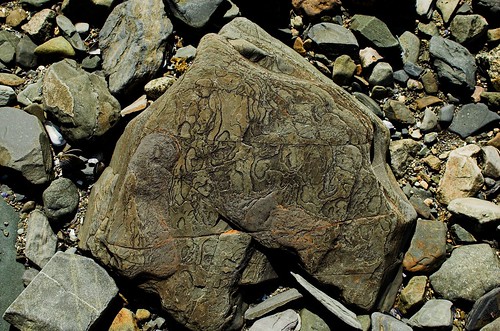Open Standards definition: Is ODF etched on rock? No, not true
I’ve been using OOo for quite some time now, more then four year, started using it around 2003, if I recall.
Last year I needed a feature in OOo index generation I quickly found out it wasn’t available, there were workarounds, but I didn’t like them.
 Etched Rock by (sam)
Etched Rock by (sam)
Being OOo available in source code, I started digging into it until I found the code responsible for index generation. Built a patch for myself and solved the index generation problem, at least at my end of the line.
Then I proposed the change to OOo community.
As you can see in that thread, what came up was that ODF 1.0 didn’t support the index structure description needed to completely implement the feature.
So the discussion continued until I was suggested to post a comment to the relevant OASIS list to describe the proposed modification to ODF standard.
I did so, and after some discussion my proposed change was integrated in current ODF 1.2 specification draft.
Unfortunately that meant that the new feature would be implemented in OOo in the next main release, since it implied changing the ODF document format.
That’s the reason why you’ll find it in 3.0 release.
So I waited until the 3.0 source code was ready, when it was ready I implemented that new feature which is now part of the 3.0 functionality.
It was fun, actually.
You can find another comment in Mathias Bauer’s blog.
What’s the moral? A truly public specification can be upgraded by the public at large, provided the suggestion is a sound one.

Boycott Novell » Killing Open Standards Bodies to Tout ‘Interoperability’ Meme 5:29 am on April 26, 2008 Permalink
[…] a practical example from several days ago, consider this story about the way things should be done (openly, not by having Novell and Microsoft swap code with NDAs). Being OOo available in source […]